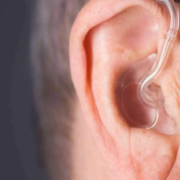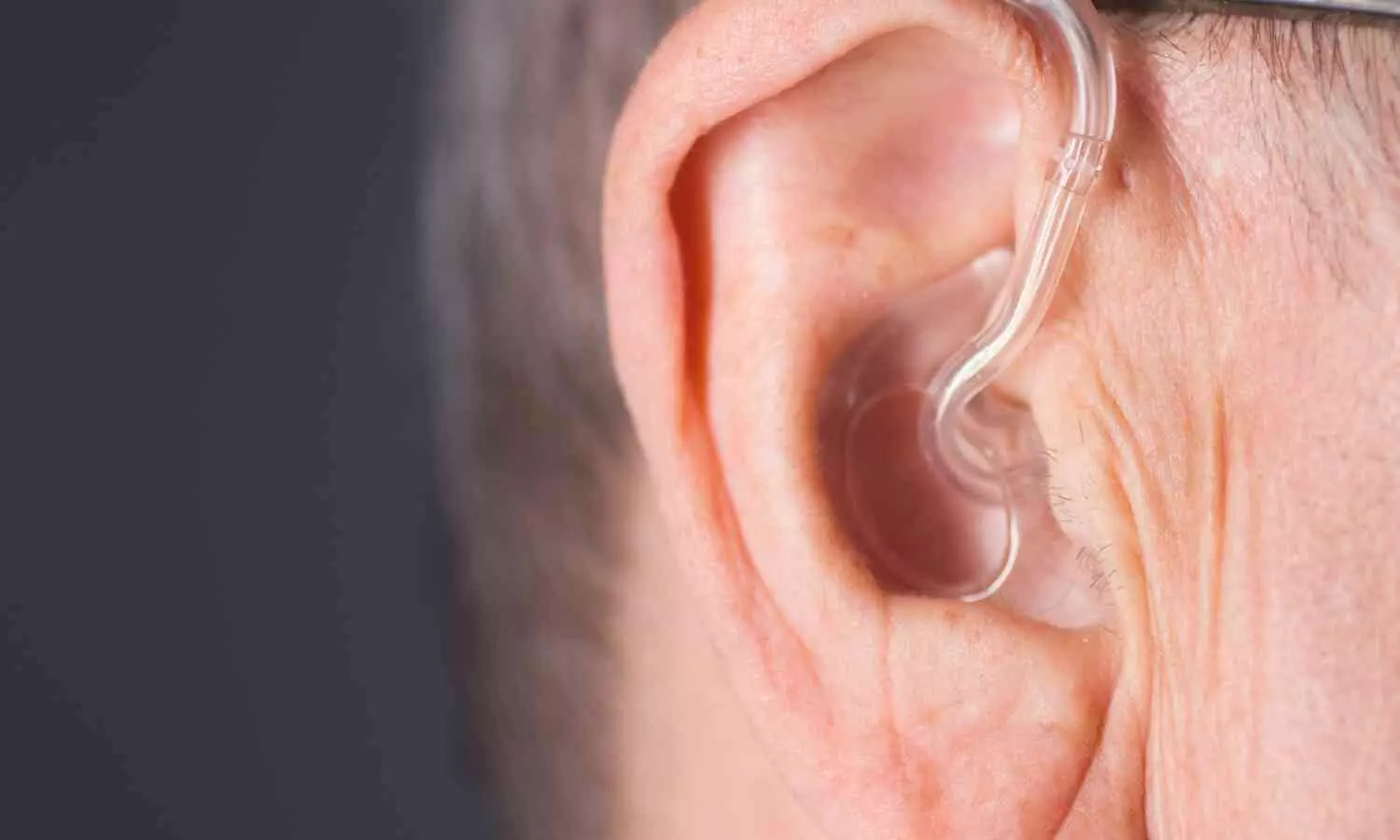Women with Premature Menopause may have Lower All-Cause Mortality compared to Men: Study

A recent study published in the Menopause journal highlighted the intriguing differences in all-cause mortality and life span between women who undergo premature menopause and men, using a robust propensity score matching analysis. The research analyzed data from the National Health and Nutrition Examination Survey (NHANES) covering the periods 1999 to 2018 and NHANES III (1988-1994) which provided new inputs into the long-term health outcomes associated with premature menopause.
The study included a substantial a group of 3,214 women who experienced premature menopause and 23,067 men, all of whom were older than 40 years. The research were able to create matched cohorts of women and men by employing a 1:1 ratio in the propensity score matching analysis which ensures a fair comparison between the two groups.
The primary goal of the study was to examine the association between sex and all-cause mortality, as well as survival up to the 75th percentile of life span. Also, a subgroup analysis was conducted to explore the impact of hormone therapy on mortality and life span in women who experienced premature menopause.
The results revealed that women with premature menopause had a significantly lower risk of all-cause mortality when compared to men. The women who faced menopause before the age of 35 had an adjusted HR of 0.65 (95% CI: 0.54-0.78), indicating a 35% lower risk of mortality when compared to men. Also, women who underwent menopause between the ages of 35 to 39 had an adjusted HR of 0.72 (95% CI: 0.59-0.87), and the individuals with menopause before the age of 40 had an adjusted HR of 0.67 (95% CI: 0.60-0.76), both showing a significant reduction in mortality risk compared to their male counterparts.
Despite these findings, the study observed that the advantage women had in terms of life span was statistically insignificant. The adjusted HR values for surviving up to the 75th percentile of life span showed no significant difference between women and men in the matched cohorts. There was no notable difference in the mean life span between deceased women and men.
The subgroup analysis highlighted that the mean life span of deceased women who had never used hormone therapy was significantly longer than that of men (78.3 ± 11.6 vs. 76.6 ± 11.9 years, P = 0.0154). However, no significant difference was observed in the mean life span between women who took hormone therapy and men. Overall, while women who underwent premature menopause had a lower risk of all-cause mortality when compared to men, the overall life span advantage was negligible.
Source:
Xing, Z., & Kirby, R. S. (2024). Sex differences in all-cause mortality and life span between women with premature menopause and men: propensity score matching analysis. In Menopause. Ovid Technologies (Wolters Kluwer Health). https://doi.org/10.1097/gme.0000000000002412
Powered by WPeMatico









